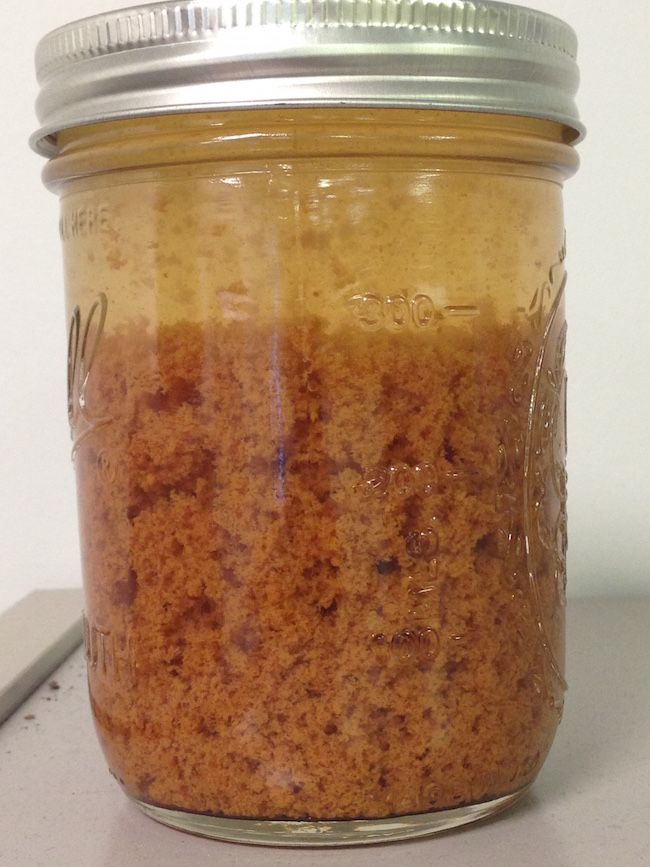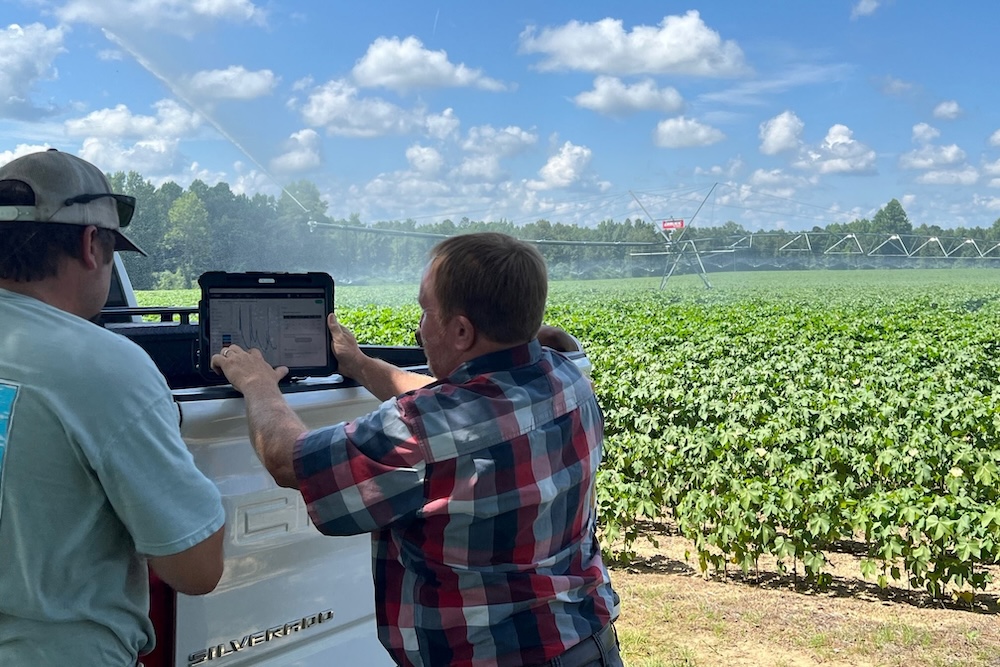The smell of foul odors as well as the sight of brown or red, slimy substances or an oily sheen on the surface of streams and wetlands has some people concerned about water quality.
As the University of Georgia Cooperative Extension agent in Morgan County, Georgia, homeowners I talk to immediately believe a foreign contaminant or hazardous material is causing the problem. The truth is, people are witnessing the result of a naturally occurring – and fairly common – issue related to minerals, chemistry and biology.
Microorganisms, known as “iron bacteria” or “iron-eating bacteria,” are commonly found in soil, surface water and shallow groundwater. While most bacteria get their energy from decomposing organic matter, these bacteria derive their energy from oxidizing ferrous iron.
Iron has two forms in the environment. Ferrous iron, which is in a reduced state, is mobile in anaerobic, or oxygen-free, environments. Ferric iron, which is the oxidized form, is insoluble in aerobic, or oxygen-rich, environments, forming solid, rust-colored particles.
Iron bacteria residue occurs where an area of water becomes exposed to oxygen. The iron bacteria use the oxygen in this zone to convert ferrous iron into ferric iron. As a result, the iron changes into a rusty, red precipitate. This material can also appear as a fluffy or filamentous, organic material as a result of the bacteria growing.
Another indicator of the presence of iron bacteria is a foul, swampy odor, similar to the smell of rotten vegetables. An oily sheen may also appear in streams and pond banks.
Unlike some bacteria that are concerns in surface water or groundwater, iron bacteria have not been shown to pose any human health risks. But, especially in plumbing and wells, the red, slimy sludge that the bacteria produce can clog pipes and pumps.
Although a limited number of iron bacteria can exist in groundwater, they typically exist on top of the ground. If these bacteria are present in a well, it is most likely the result of an introduction from surface water or soil during well drilling, pump installation or any other maintenance or pump work. The bacteria can be introduced by pipes or pumps that were on the bare ground during construction, where iron bacteria live in the soil.
Well drillers can also introduce these bacteria by using chlorine-free drilling water, which may contain iron bacteria. After construction, iron bacteria can enter a poorly constructed or maintained well through flooding surface water, septic systems or other sources.
No tests are typically conducted to determine if iron bacteria are present in groundwater as visual inspection is usually sufficient for identification. No drinking water standards exist (as with total coliform or E. coli) since there are no human health concerns. Positive test results for total coliform bacteria would indicate that surface water has entered a well and could also indicate the likelihood that the water contains iron bacteria.
If iron bacteria are found in a well, control can be extremely difficult, so prevention is key. Control is much easier early on, before the problem becomes severe. In the early stages of bacterial infestation, half-yearly applications of shock chlorination can be effective.
If heavily infested, control measures will be expensive and only partially successful. In severe cases, the pumping equipment must be removed and disinfected, the well casing must be scrubbed and shock chlorination needs to be applied to the well. UGA Extension recommends a higher chlorine concentration for shock treatment than for treatment of other bacterial contaminations (500 ppm as compared to 200 ppm). Given the difficulty of disinfecting the well, pumping equipment and well casing, working with a qualified well professional is recommended.
Again, seeing iron bacteria in creeks and wetlands can be alarming, but the resulting residue is a natural occurrence. And, it isn’t the result of pollution and causes no risk to human health. However, when these bacteria are introduced into groundwater and wells, water quality and plumbing problems can quickly arise.
For assistance with potential water contamination by iron bacteria, contact your local UGA Extension office through extension.uga.edu and a local, certified well professional. More information can be found in the UGA Extension publication "Iron (Manganese) and Sulfur Bacteria in Your Well Water" (Bulletin 1457).








.png)